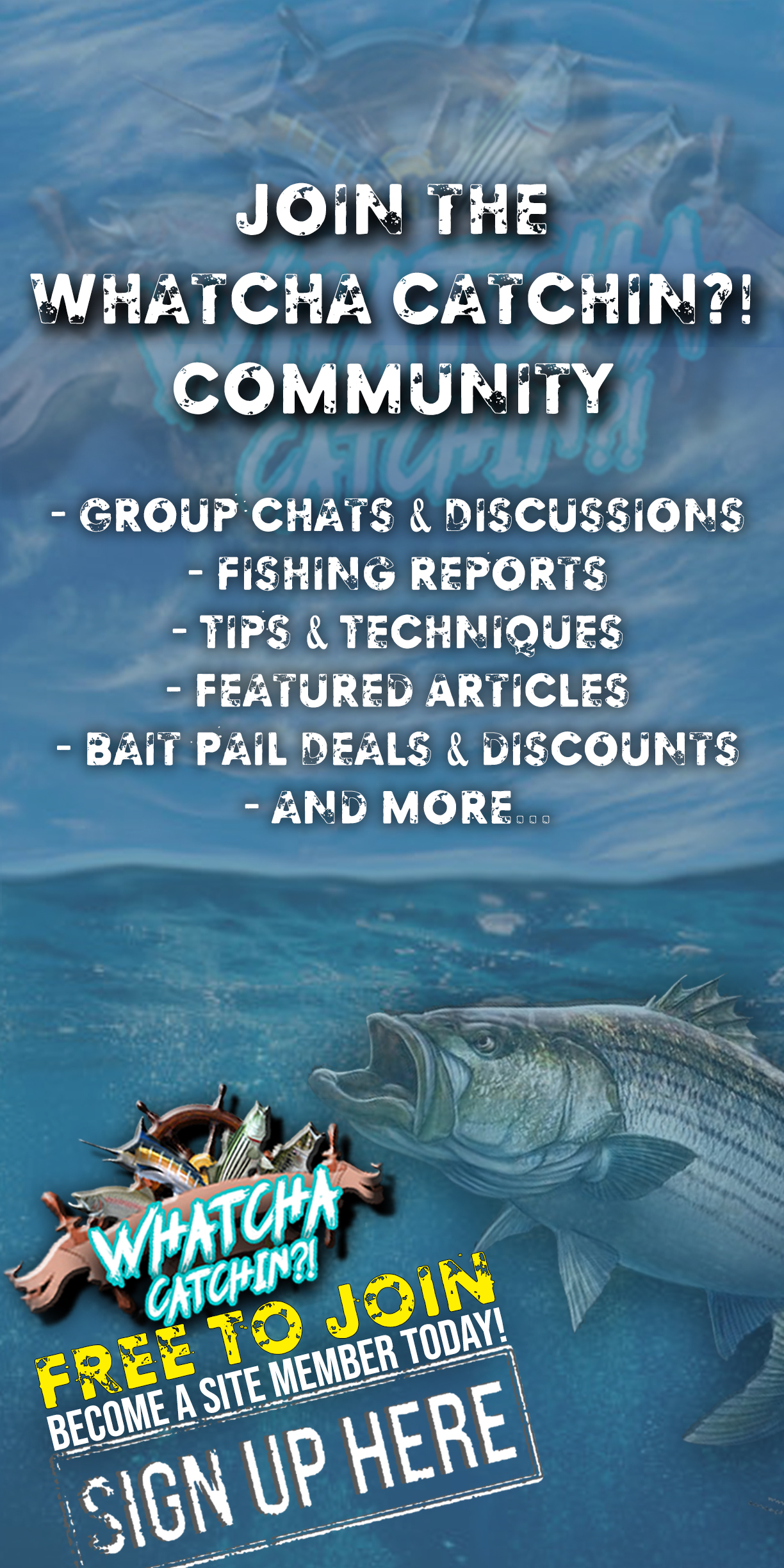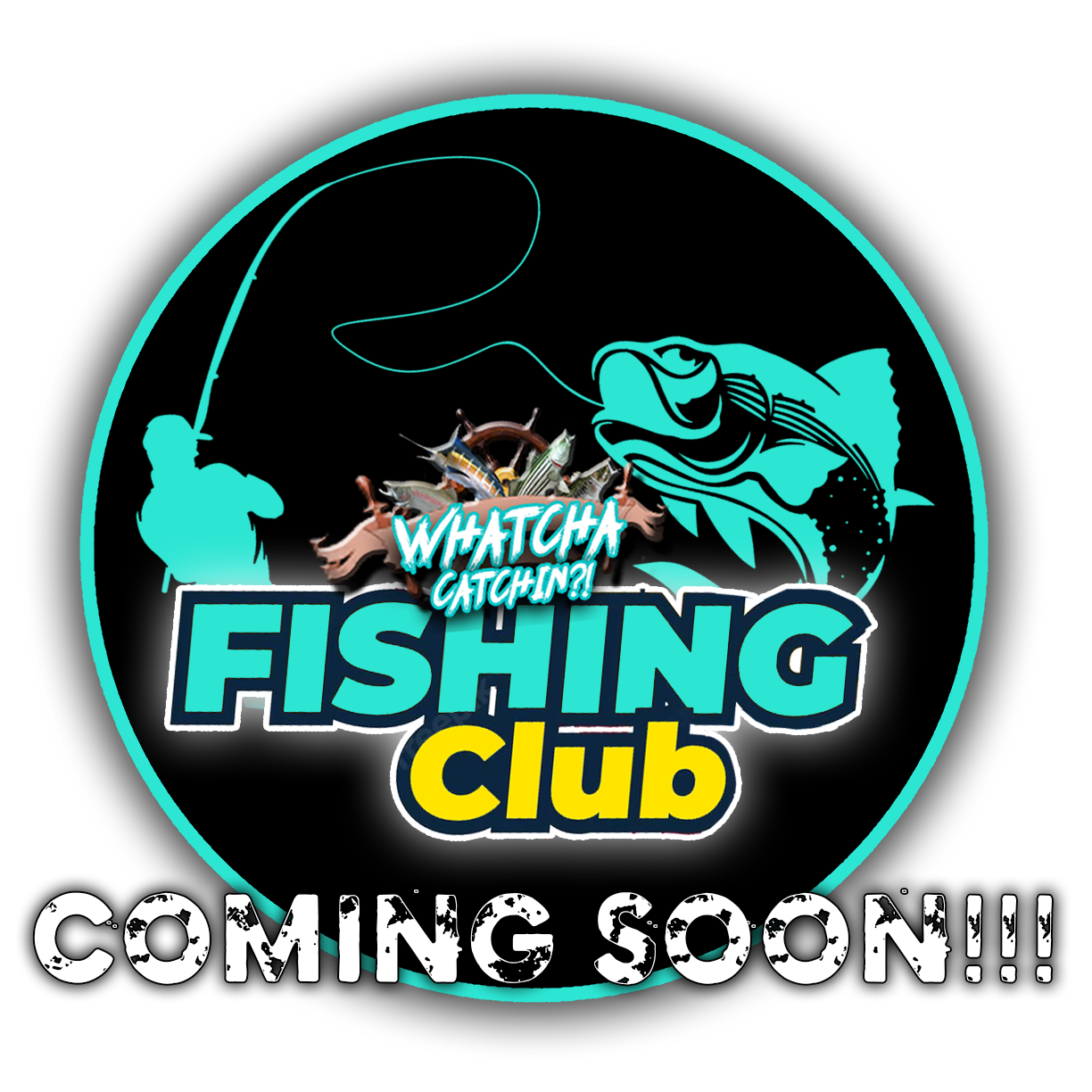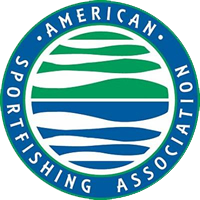Quick Tips for Catching Cobia
Read all about cobia below: where they live, and how and where they feed. But here are some quick tips for catching this large shark-like fish.
- Save those eels and crabs for larger fish, or fish that simply won’t eat other baits.
- If the fish is truly picky, a large shrimp will usually do the trick to get a strike.
- A mullet is a great bait for cobia. To get even the pickiest of cobia to eat, try this trick. Take a fresh, lively mullet and pierce its heart cavity with a knife or other sharp instrument, and then throw it out in front of the cobia. On initially hitting the water, the mullet will take off like the devil was after it, but will soon slow down due to blood loss. The combination of a struggling fish and blood can usually get even the smartest of cobia to eat.
- Don’t overlook the value of chumming for cobia. A strategically placed chum line, a little farther offshore than most of the boats looking for cobia, will often attract cobia that are swimming too deep for a sight-fishing fleet to target. These fish are almost always hungry and eager to take a bait as well. And sitting in one place burns less fuel than running around chasing fish all day.
- Always carry an assortment of jigs in different sizes, styles, and colors. It’s okay to bring your favorite jig; just make sure you bring a variety just in case Mr. Cobia doesn’t have the same sense of style as you do.
[adguru zoneid=”3067″]
Cobia Range, Habitat, and Feeding Habits
In the western Atlantic, the cobia (also called ling) ranges from Nova Scotia in the north to northern Argentina in the south, including the Gulf of Mexico. In the Eastern Atlantic it is found roughly from the equator south, around South Africa, and then throughout the Indian Ocean and western Pacific. Ling prefer water temperatures between 68F and 88F.
Cobia are mostly found nearshore in depths as shallow as 30ft (or less) to about 300ft, though they also venture out to open waters around oil rigs in the Gulf of Mexico. They are structure-oriented fish and can be found around reefs, floating debris, and weed lines. They also shadow turtles or rays; migrating fish in particular do that.










